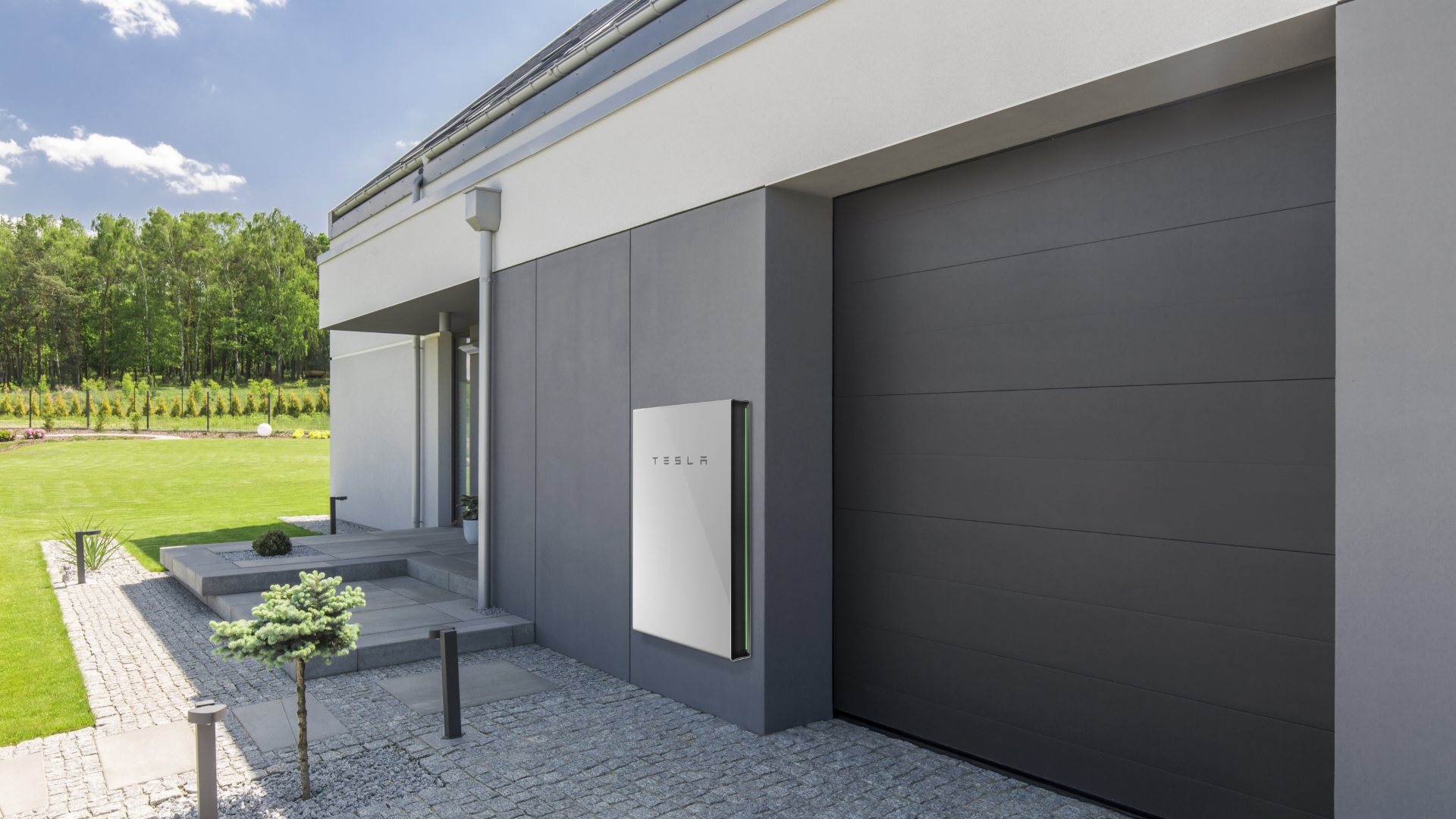In 2016, the number of solar power installations almost doubled when compared to 2015. This means there are now over 1.3 million installations across the nation.
As you can see, solar energy is getting extremely popular, especially in residential properties. You might be considering it yourself, especially after you’ve heard about Tesla’s new gadget: the Powerwall.
In this article, we’ll tell you everything you need to know about the Tesla Powerwall so you can decide whether or not it’s a good addition to your house.
What Is the Tesla Powerwall?
Simply put, the Tesla Powerwall is a solar energy storage solution. The first model was released in April 2015 and the Powerwall 2.0 came out in late 2016.
It’s essentially a small, modular battery that can power your home however you wish; in some cases, you’ll need more than one. They pair well with solar panels, which is why the majority of customers have both installed at the same time.
The Tesla Powerwall comes with a 10-year warranty, which means it may last for longer than a decade. They also guarantee the battery will hold at least 70% charge during that 10-year period.
How Does It Work?
This rechargeable lithium-ion battery has a simple design. It weighs just over 200 pounds and can store 13.5 kWh of power. A certified electrician can install it on either the inside or outside of your home. The Tesla Powerwall is sized for day-to-day use, which means you can go completely off-grid if you wish (more on that later).
If you wish to utilize solar energy, you don’t just need the Tesla Powerwall; there are several other items that need to be installed to fully use solar power.
To collect the energy, you’ll obviously need solar panels. These will harvest energy during the day and you’ll either use it straight away or store it for later usage.
In addition, you’ll need an inverter. This converts the solar energy into alternating current so you can use it to power the things in your home. Tesla’s designed their home battery to be compatible with popular brands, as well as off-grid and hybrid inverters.
If you don’t plan on using the Tesla Powerwall as your main source of energy, then you’ll also need a backup panel and switch. This lets you power vital appliances in the event of a blackout.
Ways to Use the Tesla Powerwall
Now that you know how the Tesla Powerwall works, let’s explore the different ways to use this home battery.
There are 3 main ways you can use it: as a complete power source, supplementary power, or backup power. Read on to find out more about each method.
Complete Power Source
This method of usage may be extremely attractive to many homeowners, as this means you won’t have to pay to buy electricity. Essentially, this means you’re “off-grid.”
Depending on the size of your home and the items you need to power within, you’ll probably need at least one or two Tesla Powerwalls.
Supplementary Power
You can also use the Tesla Powerwall on a “part-time” basis. Instead of using it to power your home all day long, what you can do is harvest solar energy all day, then switch to using the stored energy at night.
This method of usage can help you save on utility bills without having to go completely off-grid.
Backup Power
In this case, you’d only use the Tesla Powerwall if you have any power outages. It has smart technology where it detects blackouts and automatically switches on to completely power your home.
This means you won’t ever have to suffer through dark nights, leaking refrigerators, or dying smartphones.
How Much Does It Cost?
In its simplest form, the Tesla Powerwall costs $6,500 per unit. However, the costs don’t just stop there.
For example, you’ll have to pay $1,100 for supporting hardware, no matter how many units you purchase. You’ll also have to reserve your order with a $99 payment if you buy directly from Tesla.
Also, you’ll have to pay for a professional electrician to install not just your Tesla Powerwall, but also the solar panels, inverter, and backup panel and switch. And this is definitely not a DIY job either.
All in all, you should expect to pay anywhere between $9,000 to $15,000 for a full system installation. While that may sound like a lot of money to pay upfront, you’ll have to keep in mind that this system will easily pay for itself within a few years.
Do I Get Tax Credit for It?
A great benefit of having a Tesla Powerwall and solar panels installed in your home is it’s eligible for a tax credit; you can get a 26% tax credit if you get both installed.
However, do note that in 2021, it’ll decrease to 22%. After that, there won’t be any federal tax credit anymore (besides home-based businesses; they can claim a 10% business tax credit in 2022 and beyond). So if you’re considering these solar options, you may have to move fast.
There are some states that will also offer a tax credit. The state of South Carolina offers 25% tax credit which means you can have over 51% of the Tesla system cost paid. This makes the Tesla Powerwall a much better investment than a traditional gas generator when coupled with a Solar system.
Where Do I Get One?
Currently, the Tesla Powerwall is only available through Tesla themselves or solar energy storage installation companies that have the Powerwall in stock.
For example, we at Boss Energy are a Tesla certified installer, so not only can we provide you with a Tesla Powerwall, but we can also perform the full system installation for you.
Get a Tesla Powerwall for Your Home Today
After reading this article, you should have a pretty good idea of what the Tesla Powerwall is and how it can benefit your home. So if you’re


No responses yet